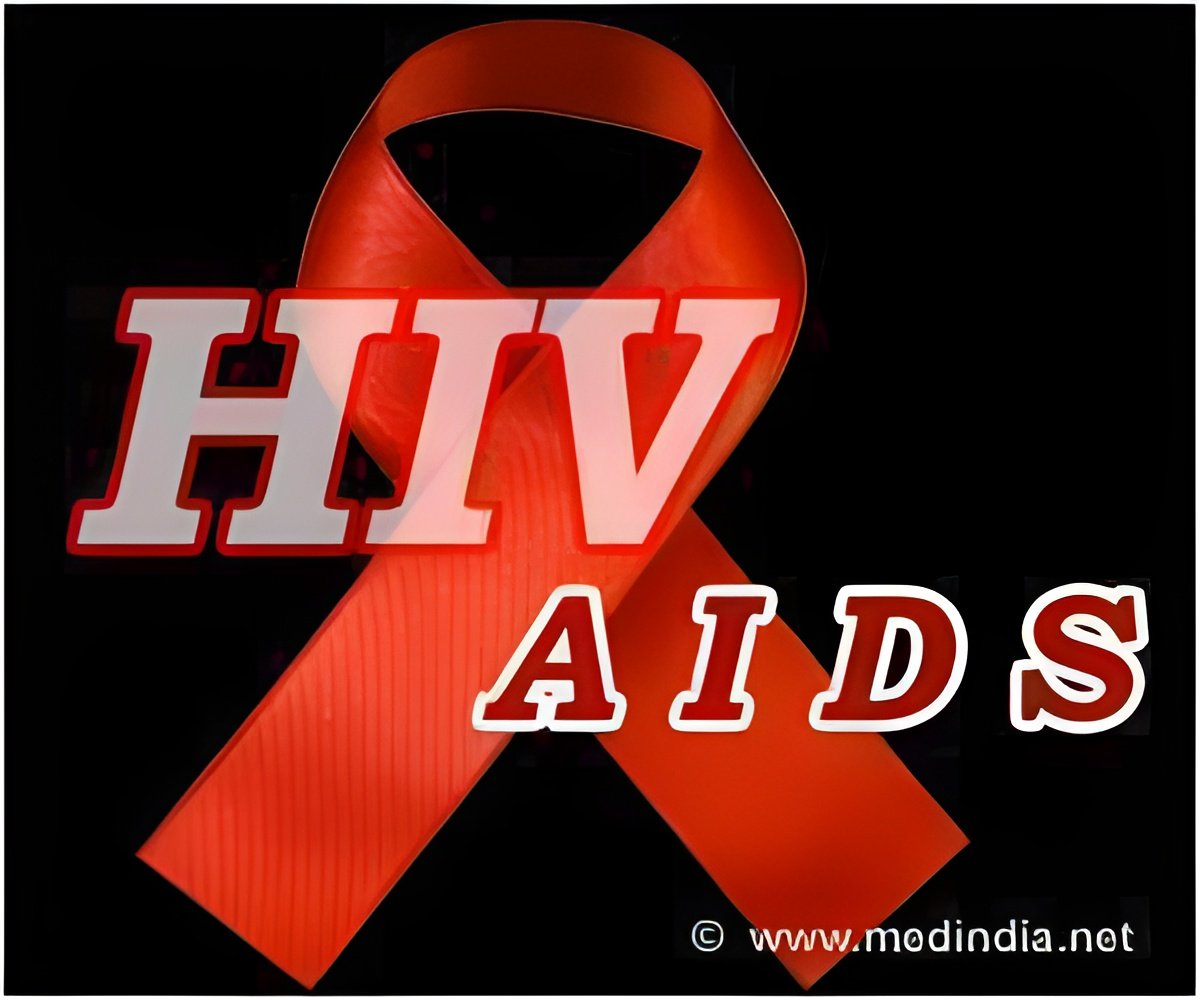
"Without continued and increased national and international efforts, rising HIV drug resistance could jeopardize a decade-long trend of decreasing HIV/AIDS-related illness and death in low- and middle-income countries," they said.
The study, published in The Lancet, is funded by the Bill and Melinda Gates Foundation and the European Union (EU).
It is the widest-ever analysis of a risk that has haunted AIDS campaigners since 2003, when drugs started to be rolled out to poorer countries that are home to more than 90 percent of people with the AIDS virus.
The nightmare is that -- as with bacteria which become resistant to antibiotics -- strains of HIV will emerge that will blunt the armoury of antiretrovirals, leaving millions defenceless.
Silvia Bertagnolio from the UN's World Health Organisation and Ravindra Gupta at University College London looked at published cases of HIV resistance and supplemented this with data from the WHO itself.
Advertisement
Similar rates of 3.5-7.6 percent were also found in western and central Africa, Latin America and the Caribbean.
Advertisement
The mutations were found in strains of HIV-1 virus that made them resistant to a class of drugs called non-nucleoside reverse transcriptase inhibitors, or NNRTIs.
These are the first-option treatments for HIV infection and are also used to prevent transmission of the virus from a pregnant woman to her foetus.
If a patient is resistant to the drug, the risks of sickness and death rise in line with levels of virus.
Further treatment options do exist beyond NNRTIs, but these second-line regimens are often far costlier.
The paper says countries should step up monitoring of HIV resistance and take steps to guard against start-stop treatment that fuels the problem.
They can do this by ensuring that drug supplies are not interrupted and by beefing up monitoring of patients to encourage them to follow the daily pill-taking regimen.
Despite the concern, the rollout should carry on, says the paper.
"Estimated levels, although increasing, are not unexpected in view of the large expansion of antiretroviral treatment coverage seen in low-income and middle-income countries -- no changes in antiretroviral treatment guidelines are warranted at the moment."
Around 33 million people around the world have HIV.
In 2011, about eight million badly infected people in poorer countries had access to HIV-suppressing drugs, a figure 26 times greater than the number in 2003 but still only just over half of those in need.
The report coincided with the 19th International AIDS conference, a six-day event running in Washington until Friday.
Source-AFP













